
Spies and espionage in the CegeSoma Library (2) : the Cold War.
"Spies and espionage in the CegeSoma Library (2) : the Cold War". Under this title, we invite you to discover the sixteenth theme of our series 'The Librarian's Talks'. Each theme will be an opportunity to dive into our collections and will be illustrated by a video and a text complementing the information found there.
Watch the sixteenth video 'The Librarian's Talks: 16. Spies and espionage in the CegeSoma Library (2) : the Cold War".
The Second World War, even more than the First, is undeniably one of the great moments in the history of the intelligence services. It is during this period that they reach full maturity and blossom to their full potential, even gaining a form of recognition from the "educated public at large", who until then regarded them as somewhat ambiguous agencies, smacking of "dirty tricks" and sinister tactics. But the return to peace in May-August 1945 doesn’t consign them to the darkness outside the concerns of political decision-makers. Quite the contrary, in fact. At the cost of yet another geopolitical shift, for a good generation and a half, the ally of the day before - the Soviet Union - is to become (once again) for an enlarged West, this time in a North Atlantic configuration, the enemy to destroy. And veterans of the "secret war" on both sides will have to get back on track.
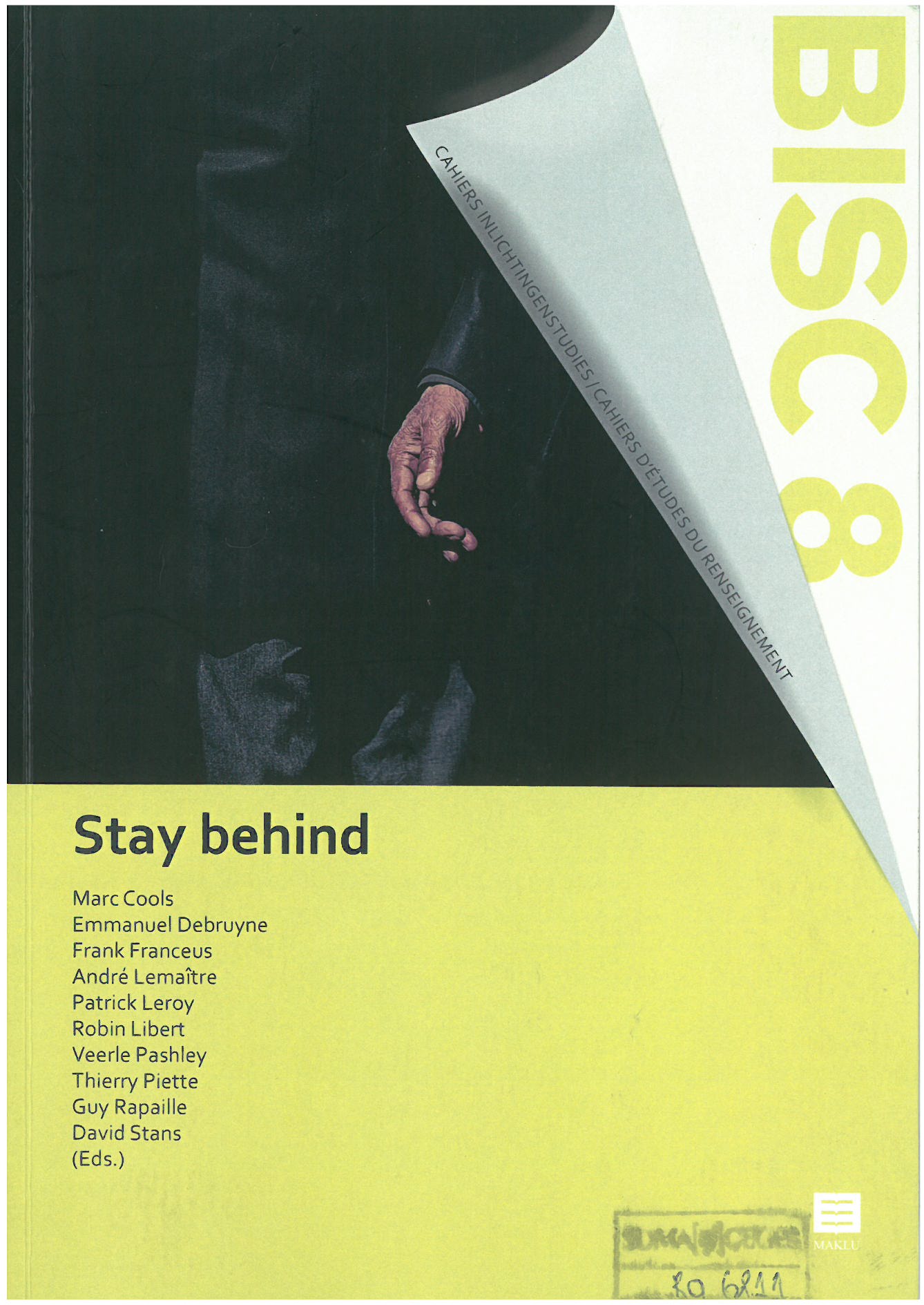 This time, it is within the framework of a "Cold War" as devious as it is hushed, opening up even more to all the "sensitive" aspects of human activities. In addition to the search for information relating to political security or "militaria" in the strict sense of the term, there are soon to be activities aimed at infiltrating forces deemed subversive, the manipulation of the media and cultural or para-cultural organizations, and the frenetic quest for information in the industrial field or in nuclear research. Not to mention the more or less successful influence and corruption of antagonistic elites. In the meantime, a number of agents who earned their spurs in the last world war, and who still harbor nostalgia for those heroic days, tiptoe back into the discreet fight. In many West European countries, they weave "Stay Behind" networks, eagerly awaiting the great red tidal wave with the occasional encouragement of certain governments or military organizations. Then all hell suddenly breaks loose at the turn of the century in the '80s and '90s, with the collapse of the "Eastern Bloc" and the Soviet Union.
This time, it is within the framework of a "Cold War" as devious as it is hushed, opening up even more to all the "sensitive" aspects of human activities. In addition to the search for information relating to political security or "militaria" in the strict sense of the term, there are soon to be activities aimed at infiltrating forces deemed subversive, the manipulation of the media and cultural or para-cultural organizations, and the frenetic quest for information in the industrial field or in nuclear research. Not to mention the more or less successful influence and corruption of antagonistic elites. In the meantime, a number of agents who earned their spurs in the last world war, and who still harbor nostalgia for those heroic days, tiptoe back into the discreet fight. In many West European countries, they weave "Stay Behind" networks, eagerly awaiting the great red tidal wave with the occasional encouragement of certain governments or military organizations. Then all hell suddenly breaks loose at the turn of the century in the '80s and '90s, with the collapse of the "Eastern Bloc" and the Soviet Union.
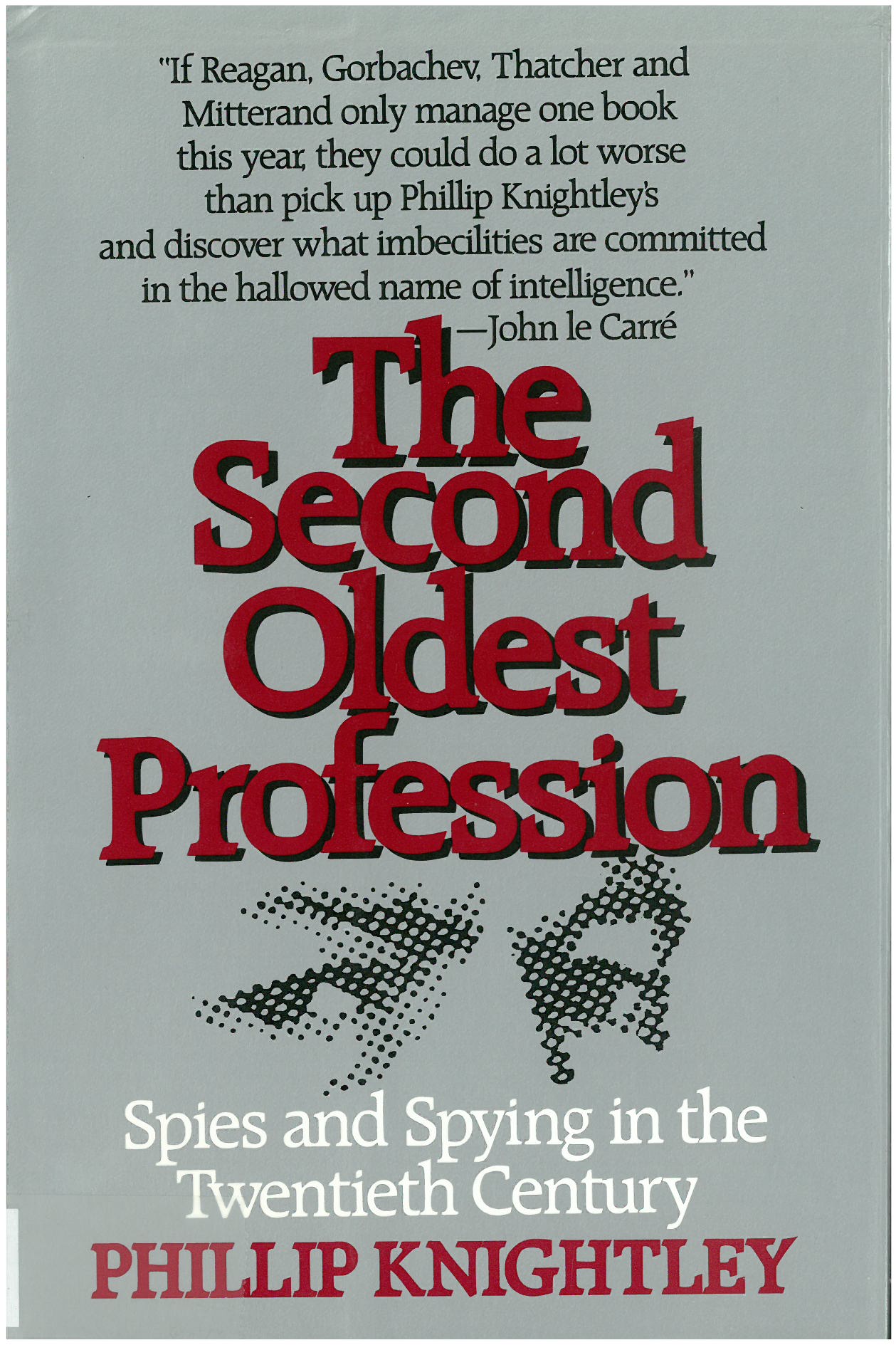 Belgium also experience this phenomenon, and the CegeSoma library is quick to include it in its collections. One last point, however. Doubtless a legacy of the past, this particular kind of struggle, tinged with mystery and shadow, has long attracted the greedy gaze of investigative journalists in search of sensationalism, or of slightly exalted spirits, quick to flirt with conspiracy: in their eyes, the "secret war" is a superior key to explaining the defeat of armies, or even the fall of empires. And the scientific approach to the phenomenon suffered as a result. It's only in recent decades that a more objective approach has emerged and asserted itself, without succeeding in erasing conspiratorial history.
Belgium also experience this phenomenon, and the CegeSoma library is quick to include it in its collections. One last point, however. Doubtless a legacy of the past, this particular kind of struggle, tinged with mystery and shadow, has long attracted the greedy gaze of investigative journalists in search of sensationalism, or of slightly exalted spirits, quick to flirt with conspiracy: in their eyes, the "secret war" is a superior key to explaining the defeat of armies, or even the fall of empires. And the scientific approach to the phenomenon suffered as a result. It's only in recent decades that a more objective approach has emerged and asserted itself, without succeeding in erasing conspiratorial history.
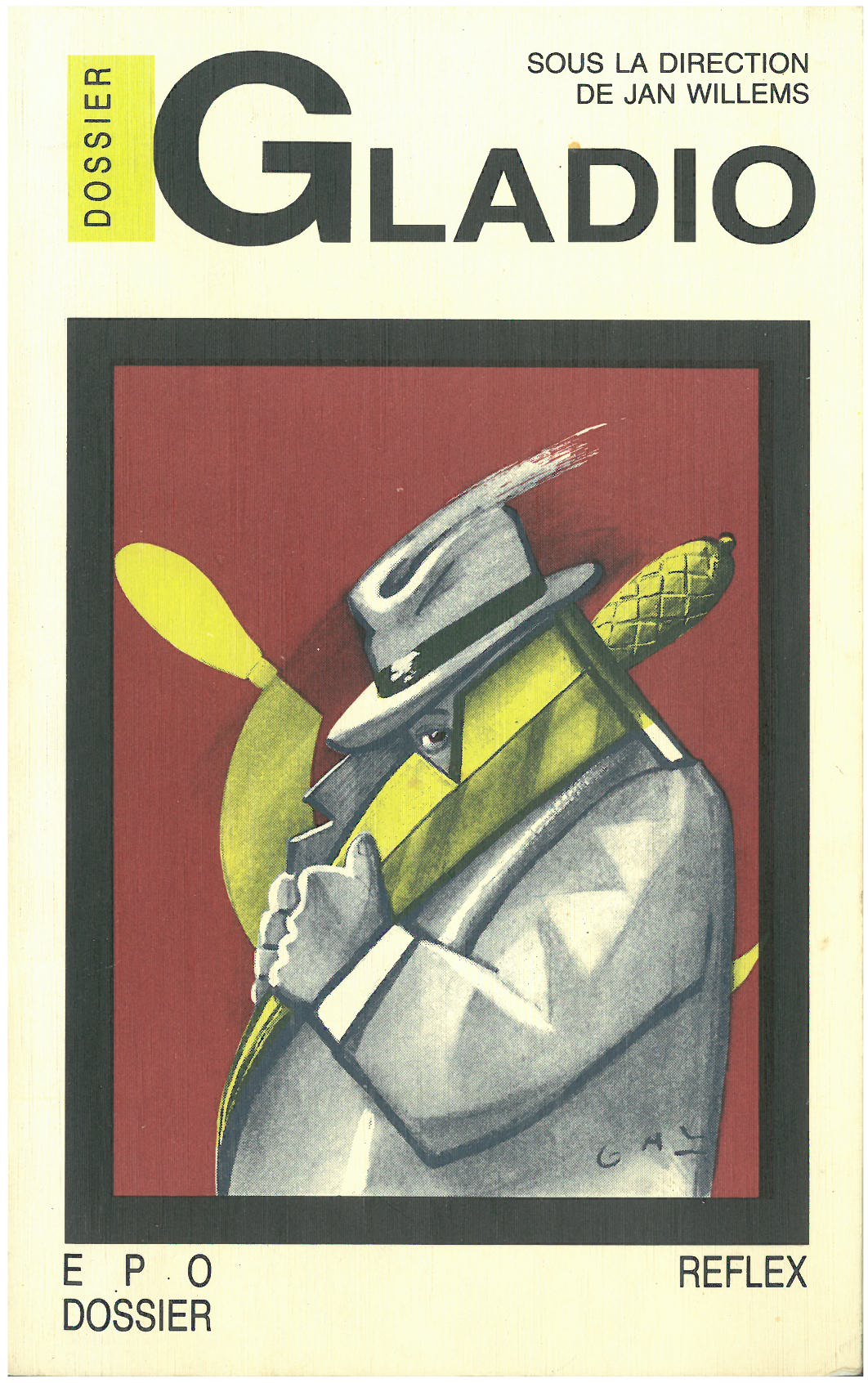 In the various operational modes mentioned, CegeSoma has naturally managed to collect a few "must-haves". With regard to the "Stay behind" networks, we must of course draw attention to two long-standing books: W. DE BOCK, J. CAPPELLE, E. LEGROS, S. DUMONT and M. GRAINDORGE, Extreem-rechts en de Staat (1981) and Gladio (edited by Jan WILLEMS). Having benefited from a bilingual edition, they are rather "left-wing" oriented, but if carefully analysed, they still prove to be a rich source of information for the layman.
In the various operational modes mentioned, CegeSoma has naturally managed to collect a few "must-haves". With regard to the "Stay behind" networks, we must of course draw attention to two long-standing books: W. DE BOCK, J. CAPPELLE, E. LEGROS, S. DUMONT and M. GRAINDORGE, Extreem-rechts en de Staat (1981) and Gladio (edited by Jan WILLEMS). Having benefited from a bilingual edition, they are rather "left-wing" oriented, but if carefully analysed, they still prove to be a rich source of information for the layman. 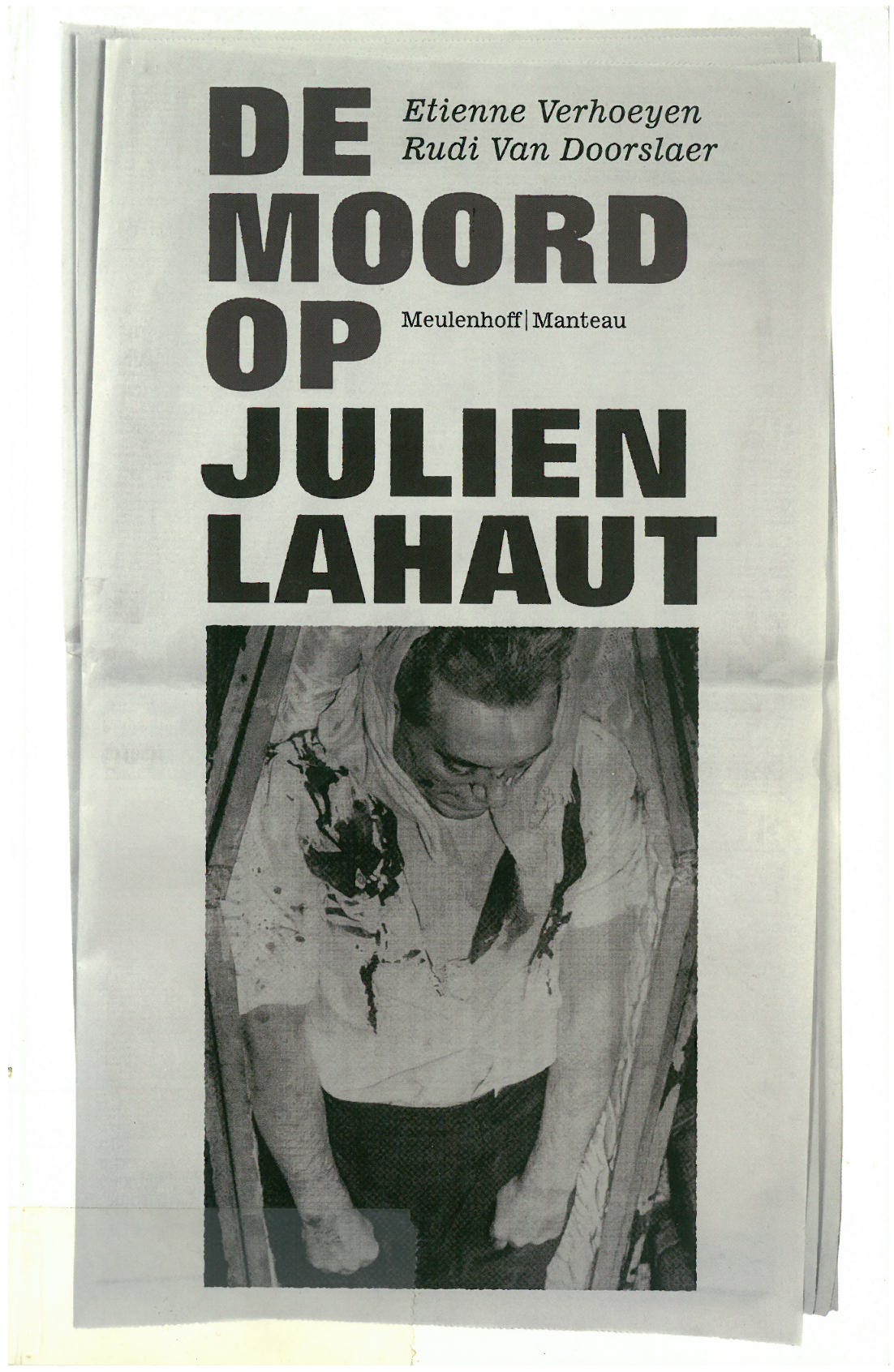 But they obviously need to be supplemented by more "objective" productions, such as: Etienne VERHOEYEN-Rudi VAN DOORSLAER, De moord op Lahaut (2010) or Anne-Sophie GIJS, Le pouvoir de l'absent. Les avatars de l'anticommunisme au Congo (2016-2 vol.). We should point out that, in this "secret war" history of the first Cold War, it may be useful for Belgium to turn to Fernand STRUBBE’s, Geheime oorlog 40/45 (1992), a valuable work translated to French in 1997 under the title Services secrets belges 1940-1945. In fact, some of the agents featured in this book are eager to be reactivated in the immediate post-war period - and more than one will succeed…
But they obviously need to be supplemented by more "objective" productions, such as: Etienne VERHOEYEN-Rudi VAN DOORSLAER, De moord op Lahaut (2010) or Anne-Sophie GIJS, Le pouvoir de l'absent. Les avatars de l'anticommunisme au Congo (2016-2 vol.). We should point out that, in this "secret war" history of the first Cold War, it may be useful for Belgium to turn to Fernand STRUBBE’s, Geheime oorlog 40/45 (1992), a valuable work translated to French in 1997 under the title Services secrets belges 1940-1945. In fact, some of the agents featured in this book are eager to be reactivated in the immediate post-war period - and more than one will succeed…
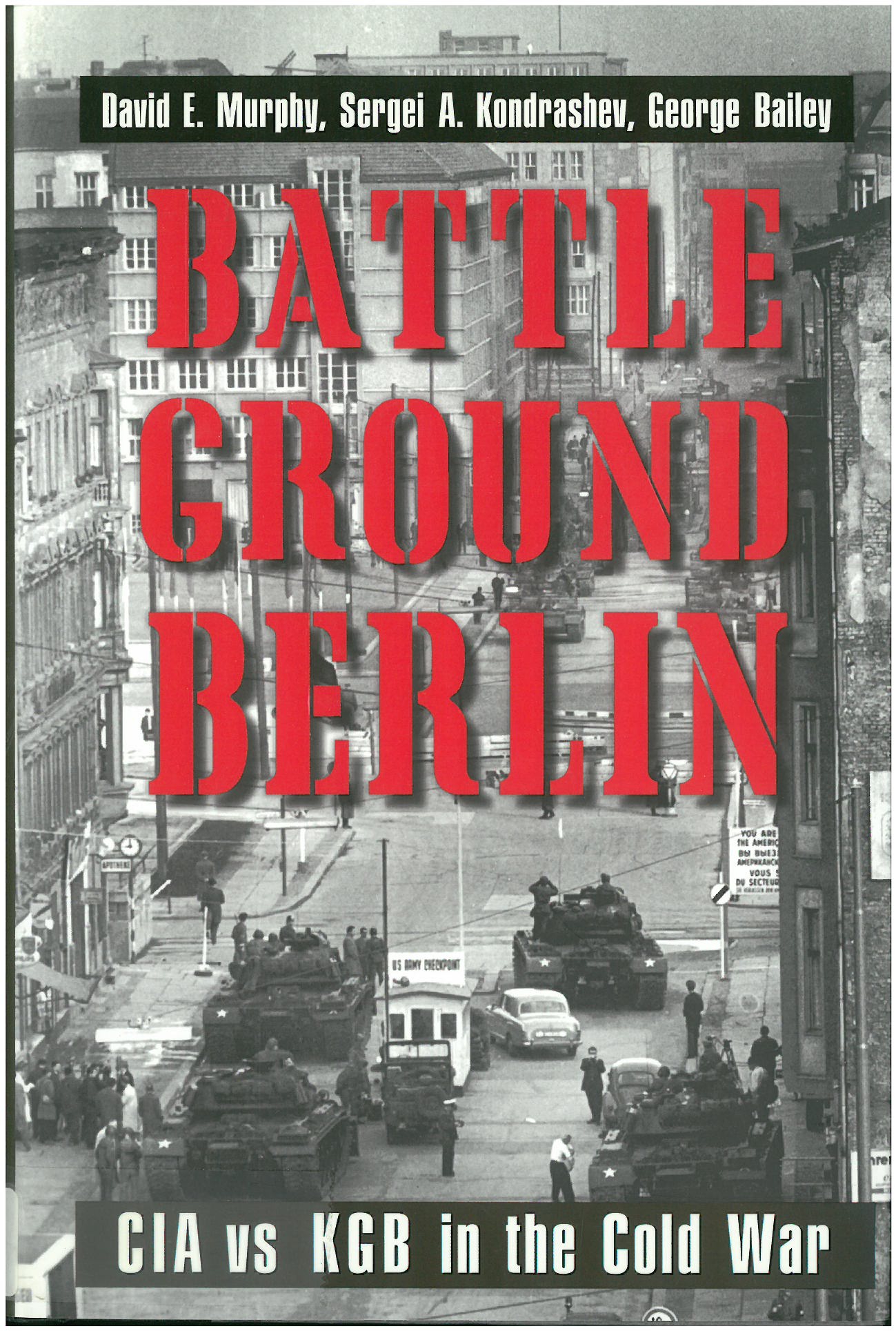 On the international stage, in what has been somewhat simplistically presented as a struggle between the "CIA" and the "KGB" ( in this genre, see, for example, David E. MURPHY and Sergei A. KONDRASHEV, Battleground Berlin. CIA vs KGB in the Coldwar (1997), or Christopher ANDREW & Vassili MITROKHIN, The Mitrokhin Archives. The KGB in Europe and the West (1999), we should of course mention a few classic but solidly constructed works of synthesis, such as Jeffrey RICHARDSON, A century of Spies. Intelligence in the Twentieth Century (1995) or United States Intelligence. An Encyclopedia (1990).
On the international stage, in what has been somewhat simplistically presented as a struggle between the "CIA" and the "KGB" ( in this genre, see, for example, David E. MURPHY and Sergei A. KONDRASHEV, Battleground Berlin. CIA vs KGB in the Coldwar (1997), or Christopher ANDREW & Vassili MITROKHIN, The Mitrokhin Archives. The KGB in Europe and the West (1999), we should of course mention a few classic but solidly constructed works of synthesis, such as Jeffrey RICHARDSON, A century of Spies. Intelligence in the Twentieth Century (1995) or United States Intelligence. An Encyclopedia (1990).
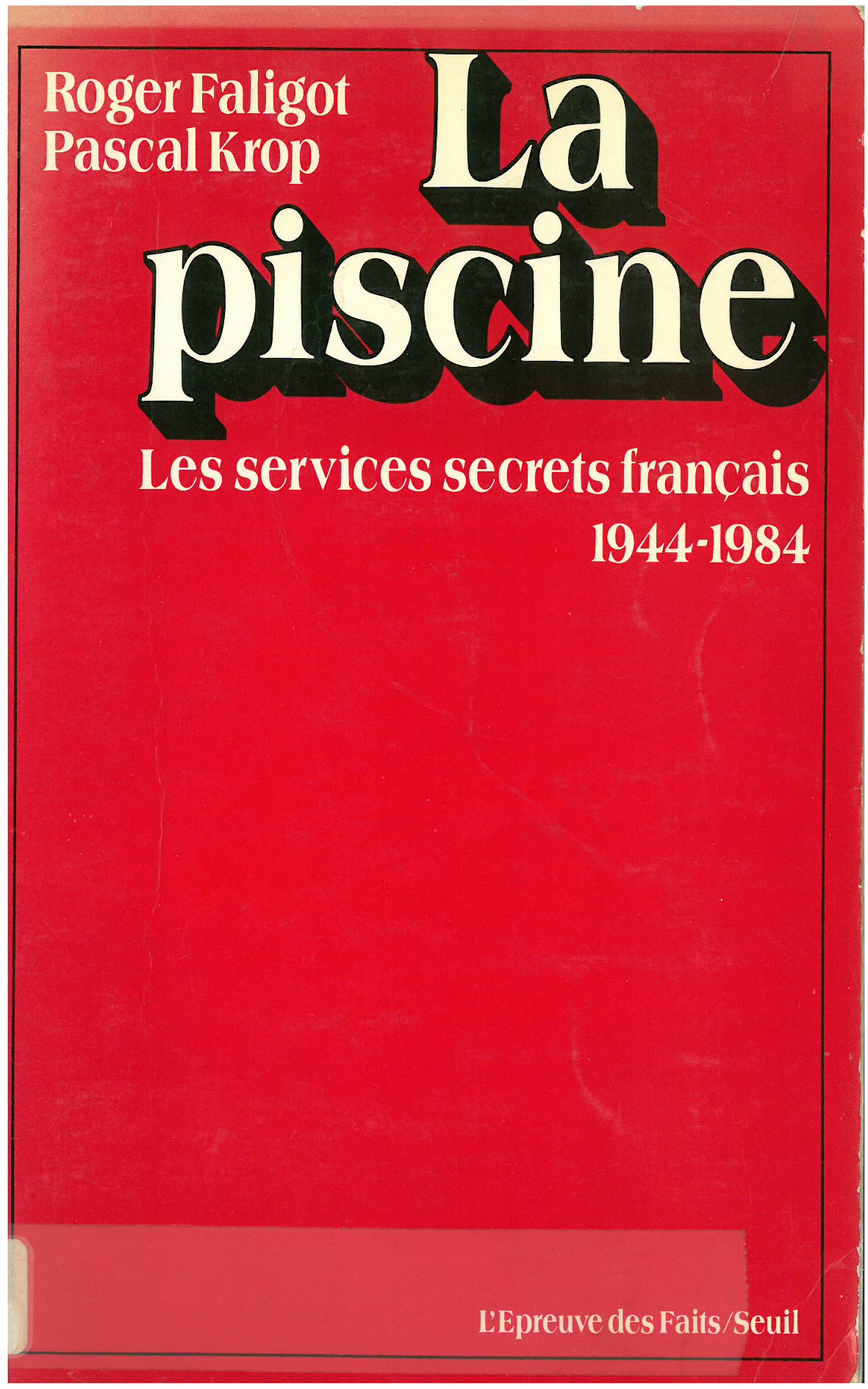 This done, we can now get down to the nitty-gritty of things, even using the works of investigative journalists with a gift for synthesis, analysis and a well-stocked "address book" such as Roger FALIGOT and Pascal KROP, La piscine : les services secrets français, 1944-1984. (1985) or, more recently, Bernard LECOMTE, KGB. La vraie histoire des services secrets soviétiques (2020). Needless to say, in the small world of investigative journalist-historians, it's best to proceed with caution, because while Roger Faligot is often well-informed and well-documented, there are also plenty of fabulists and cranks. The case of Jacques Bergier (L'actuelle guerre secrète-1967, Secret Armies-1975, etc, etc) is exemplary in this respect.
This done, we can now get down to the nitty-gritty of things, even using the works of investigative journalists with a gift for synthesis, analysis and a well-stocked "address book" such as Roger FALIGOT and Pascal KROP, La piscine : les services secrets français, 1944-1984. (1985) or, more recently, Bernard LECOMTE, KGB. La vraie histoire des services secrets soviétiques (2020). Needless to say, in the small world of investigative journalist-historians, it's best to proceed with caution, because while Roger Faligot is often well-informed and well-documented, there are also plenty of fabulists and cranks. The case of Jacques Bergier (L'actuelle guerre secrète-1967, Secret Armies-1975, etc, etc) is exemplary in this respect.
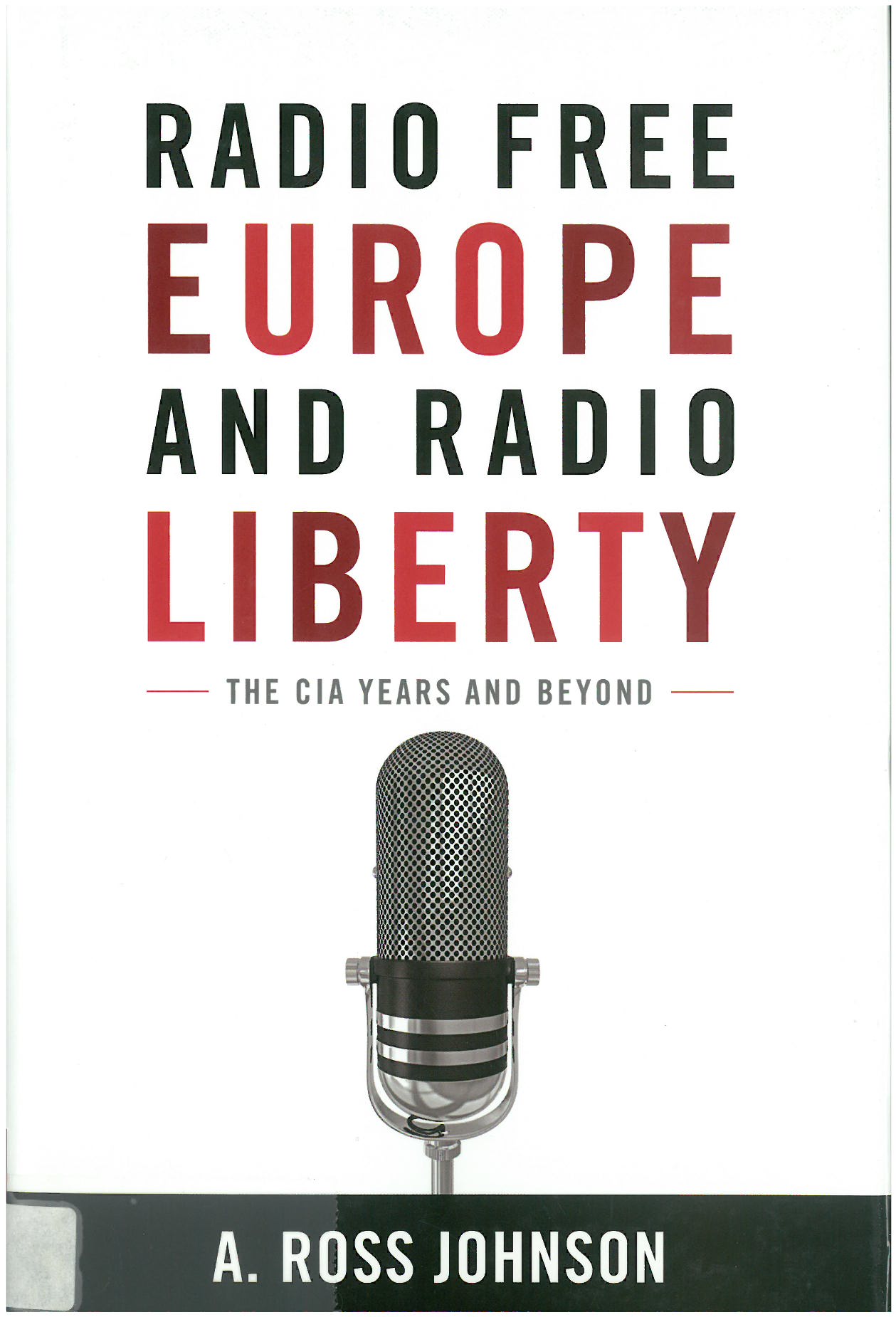 Do you wish to go beyond the search for "sensitive" information stricto sensu? Then you'll find useful research in our library, such as A. ROSS JOHNSON, Radio Free Europe and Radio Liberty. The CIA Years and Beyond (2010), Benjamin TROMLY, Cold War Exiles and the CIA. Plotting to Free Russia (2019) or Roselyne CHENU, En lutte contre les dictatures. Les congrès pour la liberté de la culture (1950-1976) (2018). Here again, it's worth pointing out that these few titles are a drop in the bucket, or almost. Now, let's face it: our collections have some weak points: we still have very little on Cold War intelligence services in literature or film. Or, more broadly, on collective representations of the spy in « The Second Twentieth Century » . But let us console ourselves. Such works will undoubtedly find their way onto our shelves one day, "if only some bright young researcher...".
Do you wish to go beyond the search for "sensitive" information stricto sensu? Then you'll find useful research in our library, such as A. ROSS JOHNSON, Radio Free Europe and Radio Liberty. The CIA Years and Beyond (2010), Benjamin TROMLY, Cold War Exiles and the CIA. Plotting to Free Russia (2019) or Roselyne CHENU, En lutte contre les dictatures. Les congrès pour la liberté de la culture (1950-1976) (2018). Here again, it's worth pointing out that these few titles are a drop in the bucket, or almost. Now, let's face it: our collections have some weak points: we still have very little on Cold War intelligence services in literature or film. Or, more broadly, on collective representations of the spy in « The Second Twentieth Century » . But let us console ourselves. Such works will undoubtedly find their way onto our shelves one day, "if only some bright young researcher...".
And to usefully end this little text, we must also acknowledge the interesting contributions in this field made by our former colleague and still friend Emmanuel Debruyne, who is very active in history magazines specializing in "various and sundry" spies and espionage.
But our quest for new works in this field is far from over.